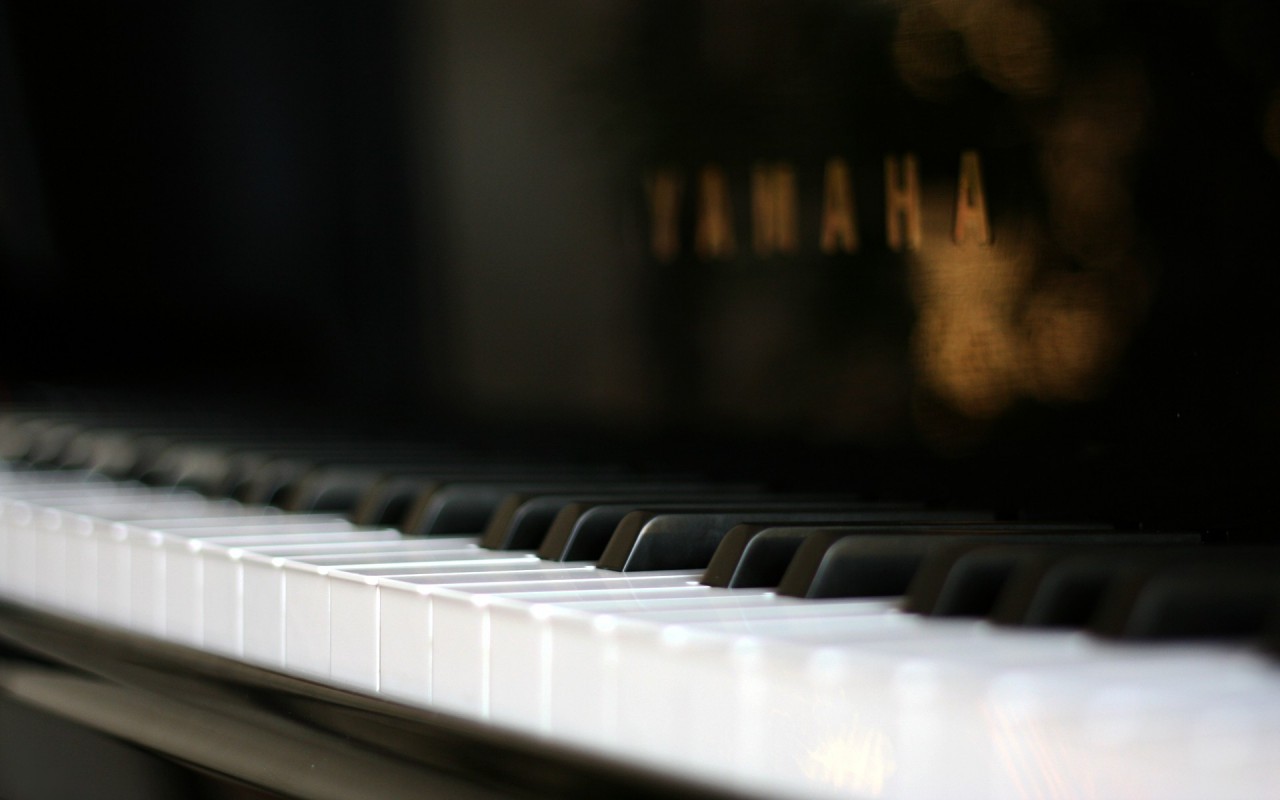
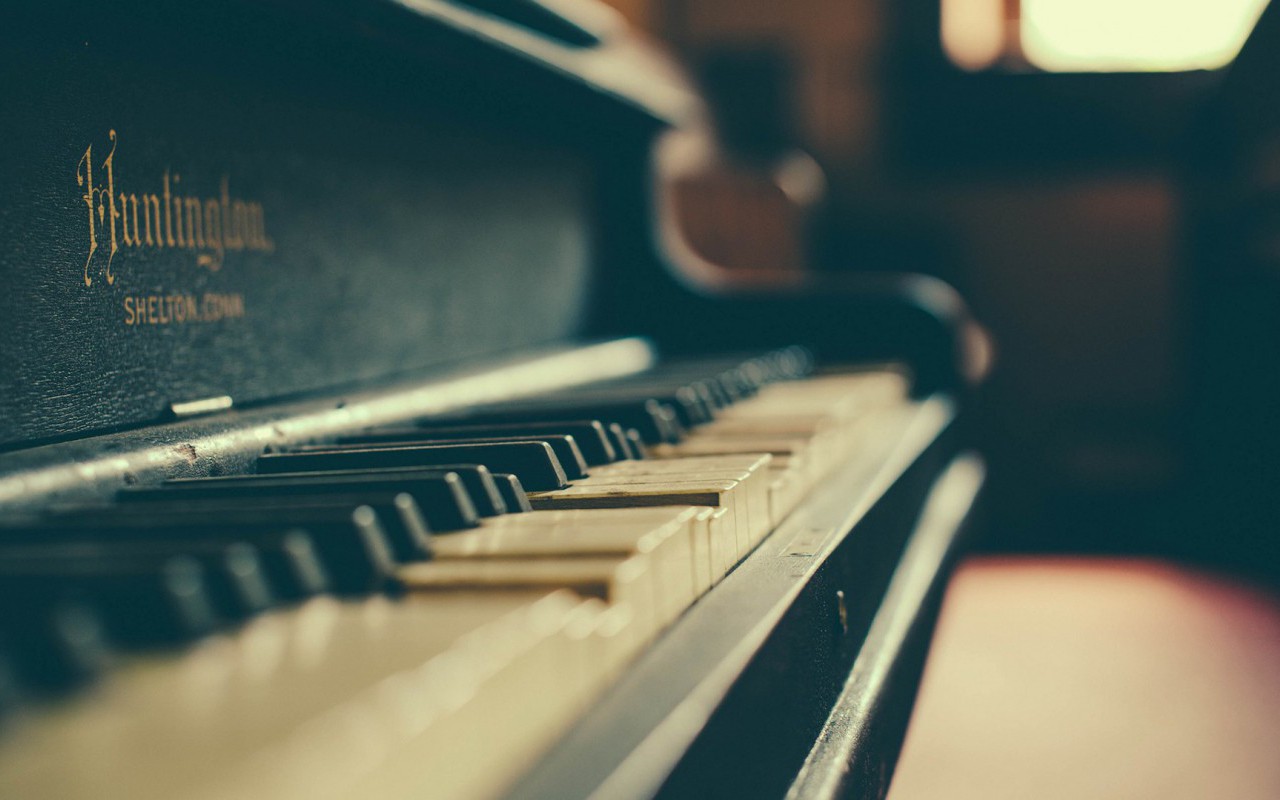
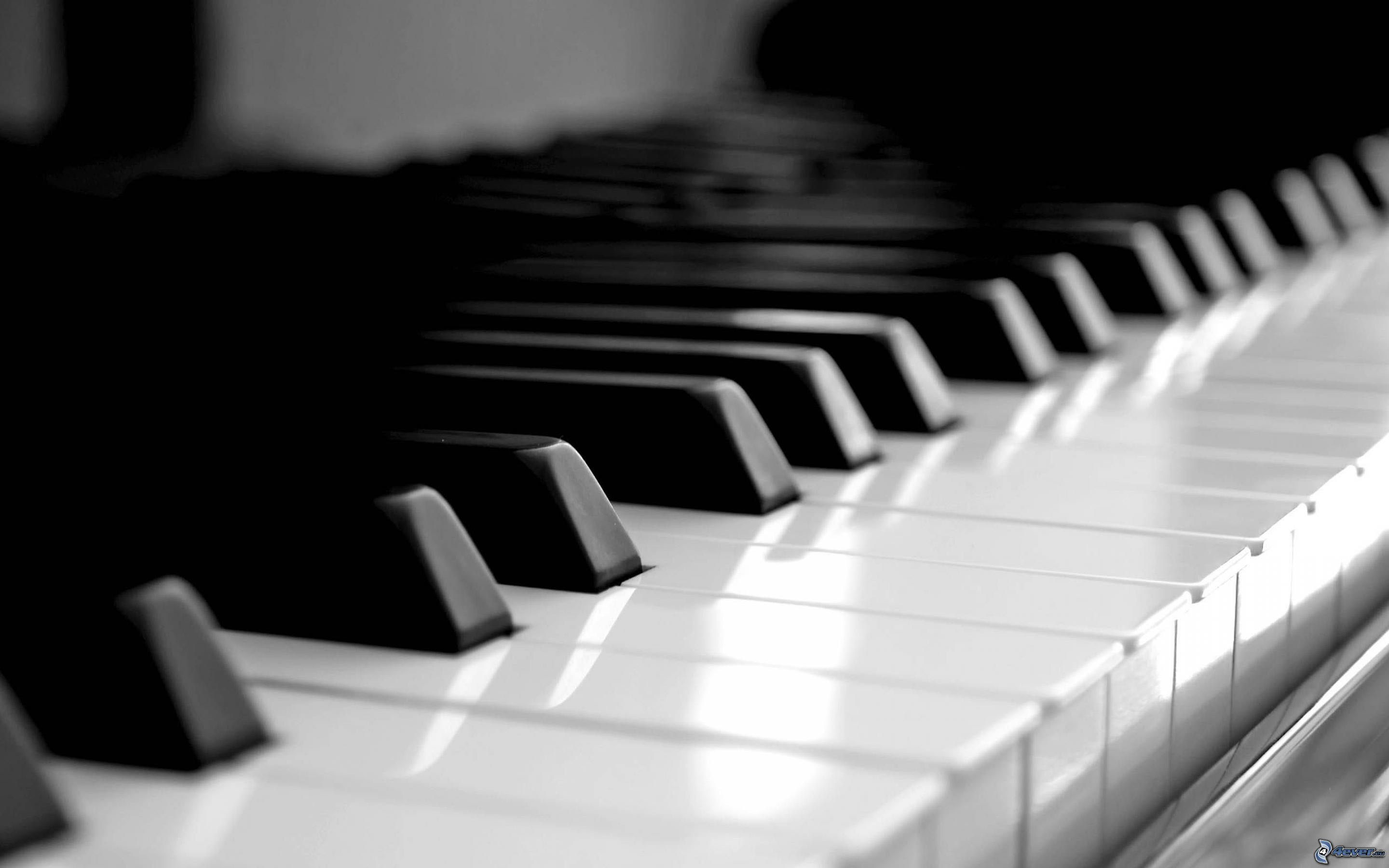
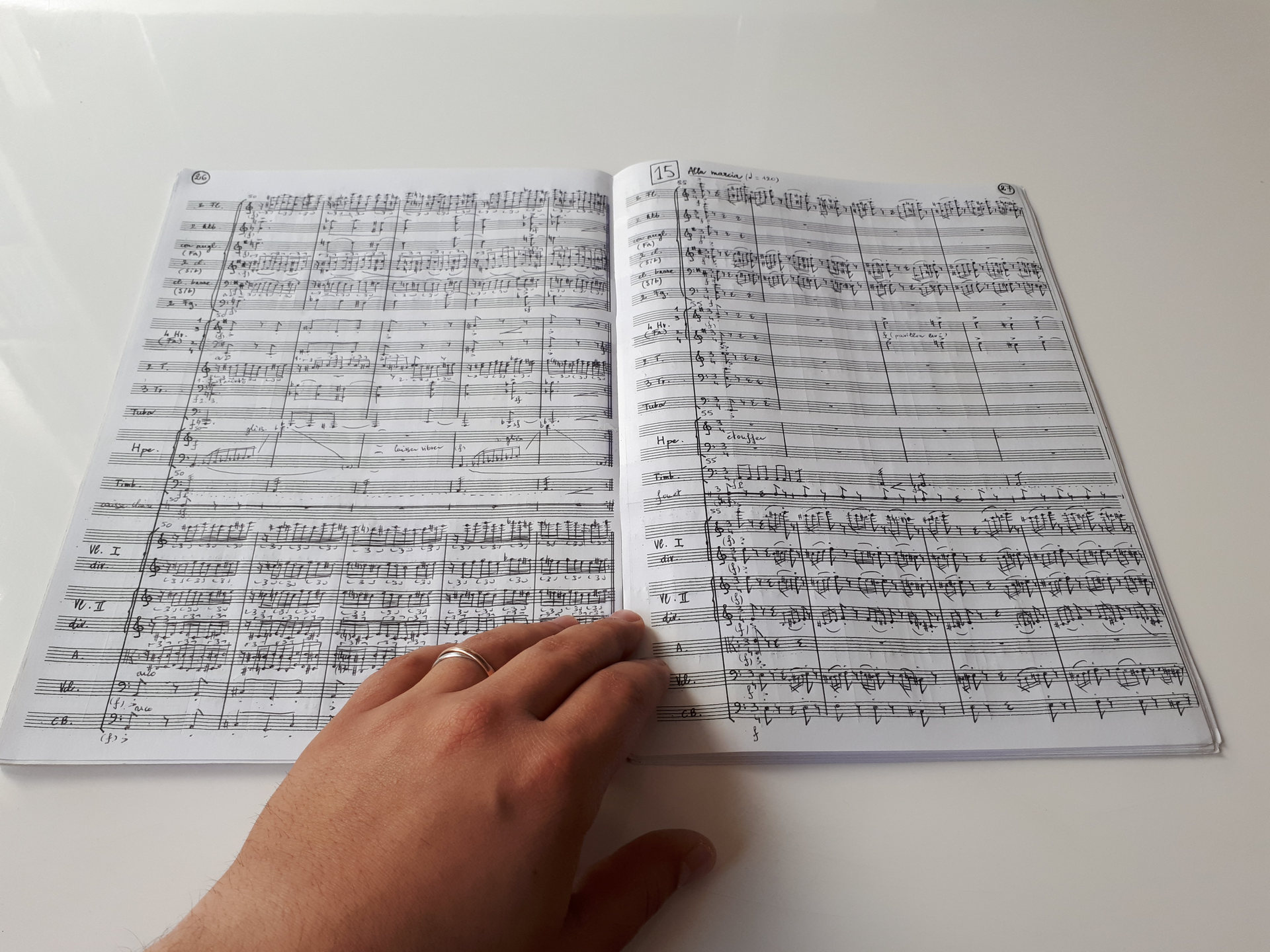
Haïkus (1st Book)
for clarinet, cello & piano
(2013-2014)
Un premier recueil d’Haïkus pour clarinette, violoncelle et piano fut composé entre les années 2013 et 2014.
Il s’inspire de petits poèmes japonais de Natsume Sôseki, et d’un texte de mon écriture.
Mon but a été de conserver musicalement la brièveté de ces écrits, mais aussi leur structure, afin de traduire le sens profond du texte.
Puis, en 2015, à la suite d’une commande du hautboïste Yves Ballan dans le cadre de son concours pour le Certificat de Fin d’Etudes au Conservatoire de Lorient (en France), l’idée m’est venue d’écrire un second volume d’Haïkus avec cor anglais, sachant qu’il fallait offrir la possibilité de remplacer cet instrument par le violoncelle et rester dans la même formation que le premier recueil.
Ainsi, toujours dans le même esprit, je me suis inspiré de poèmes de Masaoka Shiki et de Yosa Buson.
Il existe une unité mélodique au sein des deux cycles et permet par conséquent une exécution globale de ces recueils, l’un à la suite de l’autre.
*****************************************************************
The first collection of HaÏkus for clarinet, cello and piano was composed between 2013 and 2014.
It was inspired by Natsume Sôseki’s short Japanese poems and a text I wrote.
My aim was to retain the brevity and structure of these pieces in music, so as to convey the deeper meaning of the text. Then, in 2015, following a commission by Yves Ballan, the oboist, in the context of his submission for the End of Studies Certificate at the Lorient (France) Conservatory of Music, I struck upon the idea of composing a second volume of Haïkus with an English horn, bearing in mind that I needed to include the possibility of replacing it by the ‘cello, whilst remaining in the same arrangement as the first collection.
So, still in the same spirit, I sought inspiration from the poems by Masaoka Shiki and Yosa Buson. There is a melodic unity at the heart of the two cycles, which makes it possible to perform the two volumes as a whole, one after the other.
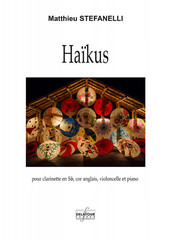
Copyright © 2018 All Rights Reserved





